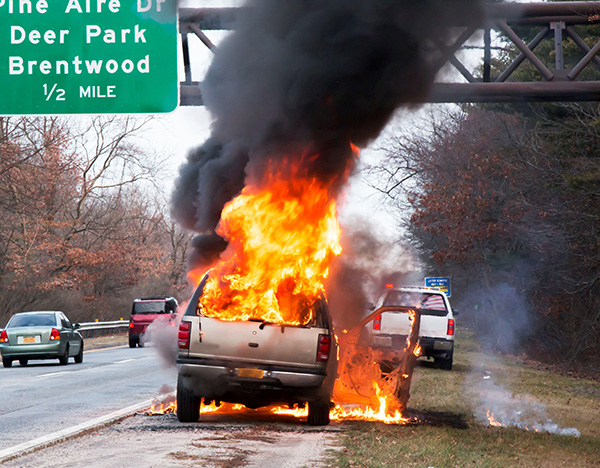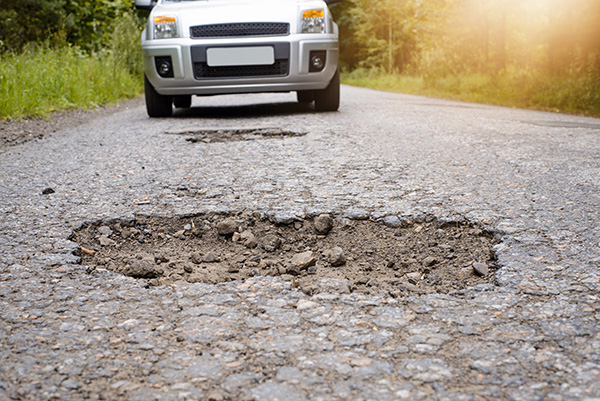Posted on 3/28/2025

If you've ever caught a whiff of something burning inside your car or noticed a flicker in the dash lights, it might’ve crossed your mind—can my car actually catch fire from something electrical? The answer is yes, it can. Electrical shorts are one of the leading causes of vehicle fires, especially in older cars or those with wiring damage, DIY modifications, or neglected electrical systems. While not every short circuit will lead to flames, all electrical issues should be taken seriously. A little warning sign can turn into a bigger, more dangerous problem if ignored. What Exactly Is an Electrical Short An electrical short happens when electricity takes an unintended path through the wiring—often due to damaged insulation, corroded wires, or faulty connections. This causes excess current to flow, which creates heat. If that heat builds up near plastic, upholstery, or other flammable materials, you’ve got the perfect recipe for a fire. M ... read more
Posted on 2/28/2025

If you've ever noticed that roads seem rougher once winter ends, you’re not imagining things. Potholes become more common and severe after cold weather, making spring a frustrating time for drivers. These road hazards can cause significant damage to your tires, suspension, and alignment, leading to costly repairs. But why do potholes get worse after winter? The answer lies in how temperature fluctuations, moisture, and traffic all interact with the road surface. How Potholes Form Potholes don’t appear overnight. They start as small cracks in the pavement caused by natural wear and tear, heavy traffic, and weather exposure. Once cracks form, water seeps into them, settling beneath the surface of the road. During winter, temperatures often fluctuate between freezing and thawing. When water freezes, it expands, pushing the pavement upward and creating gaps underneath. As temperatures rise, the ice melts, leaving behind empty spaces where the pavement is ... read more
Posted on 1/31/2025

Automatic transmissions have made driving more convenient by eliminating the need for manual gear shifting, but what allows them to function so efficiently? The key component responsible for this seamless operation is the torque converter. Unlike manual transmissions, which rely on a clutch to engage and disengage power from the engine to the transmission, automatic transmissions use a torque converter to manage this process automatically. But why do automatic transmissions need torque converters, and how do they work? What Does a Torque Converter Do A torque converter is essentially a fluid coupling that connects the engine to the transmission. Its main job is to transfer power from the engine to the transmission while allowing the car to remain stationary when idling. Without a torque converter, an automatic vehicle would stall every time it came to a stop. Unlike a manual transmission, where the driver disengages power using a clutch, the torque converter automat ... read more